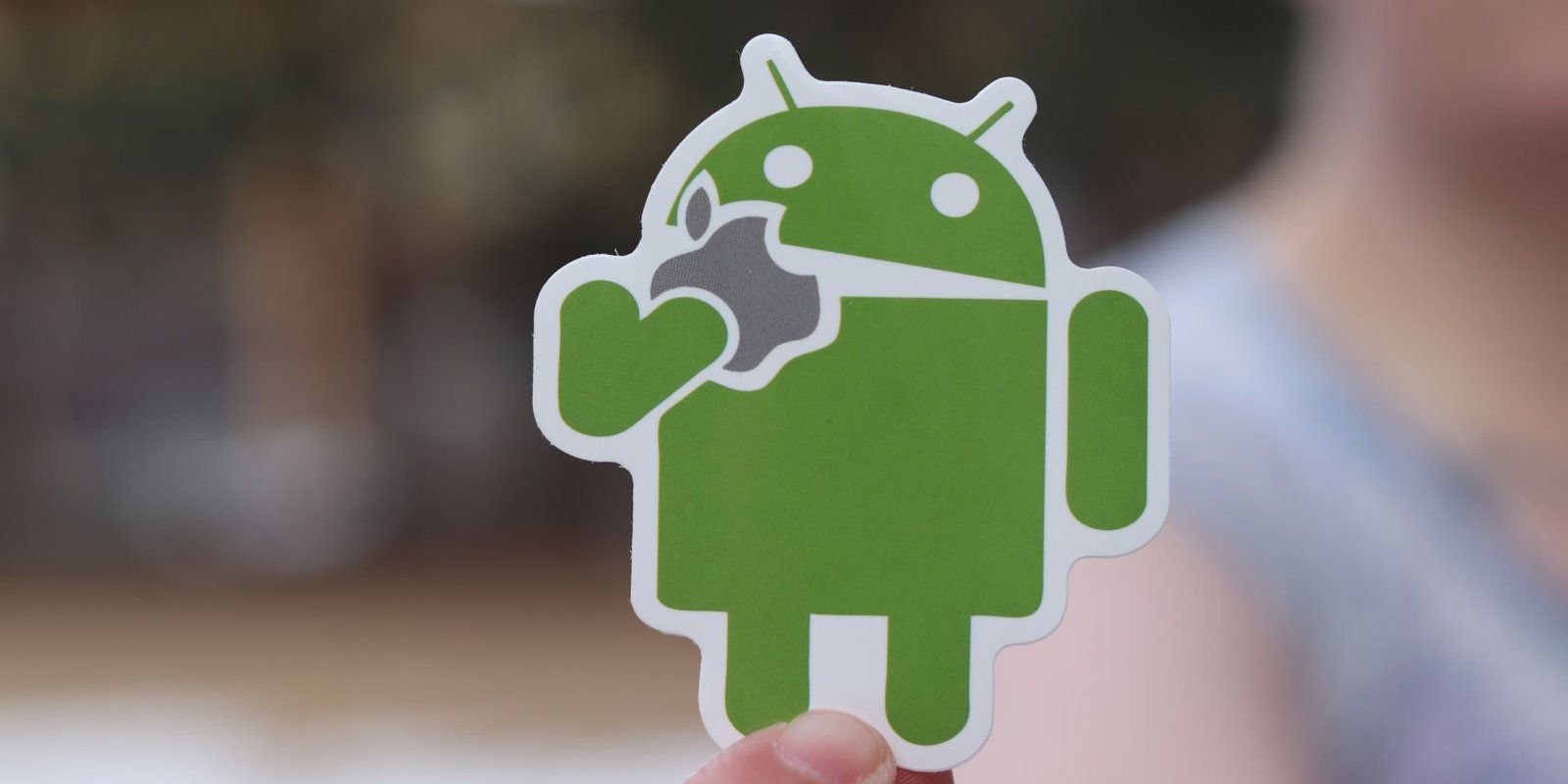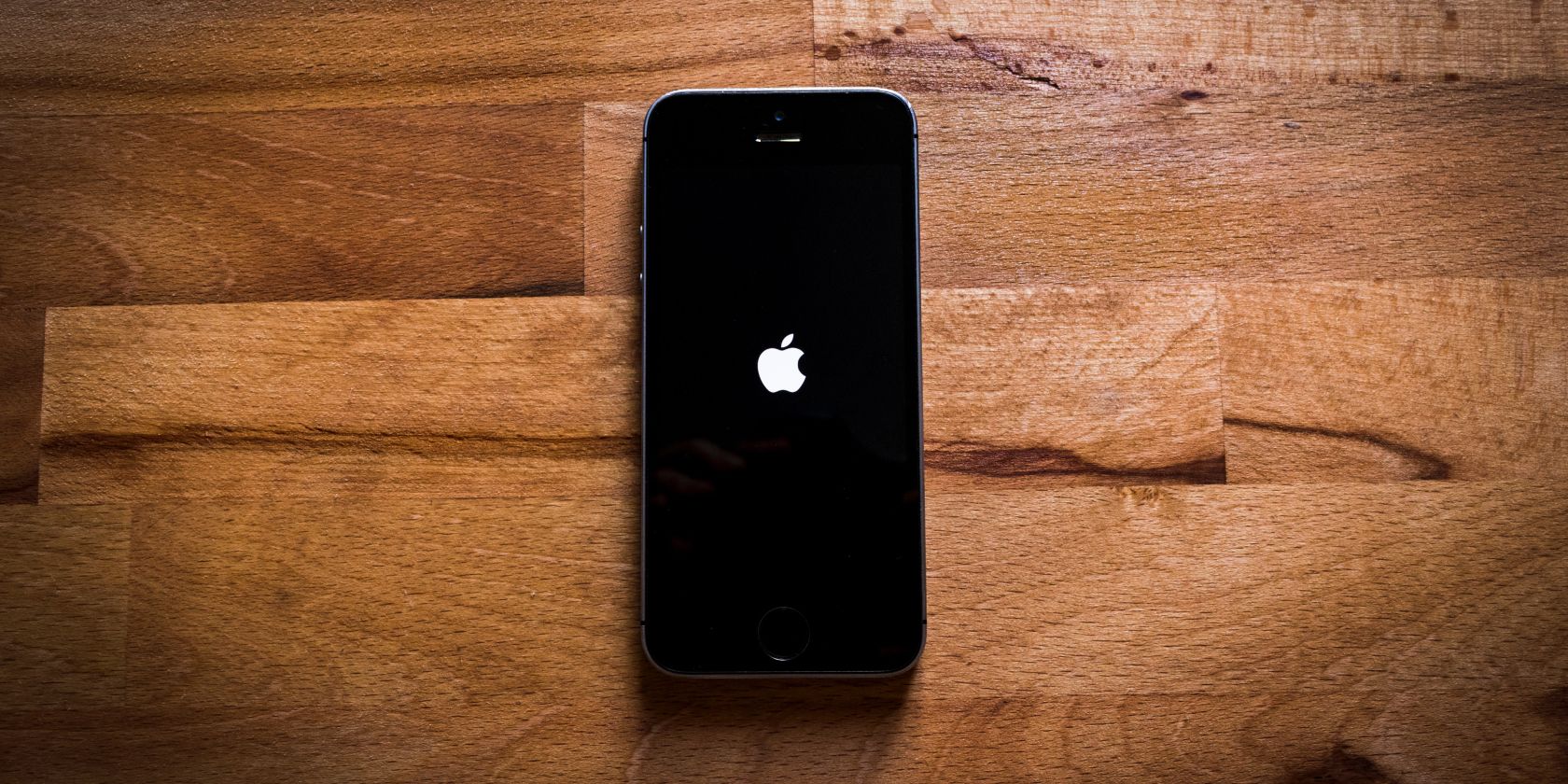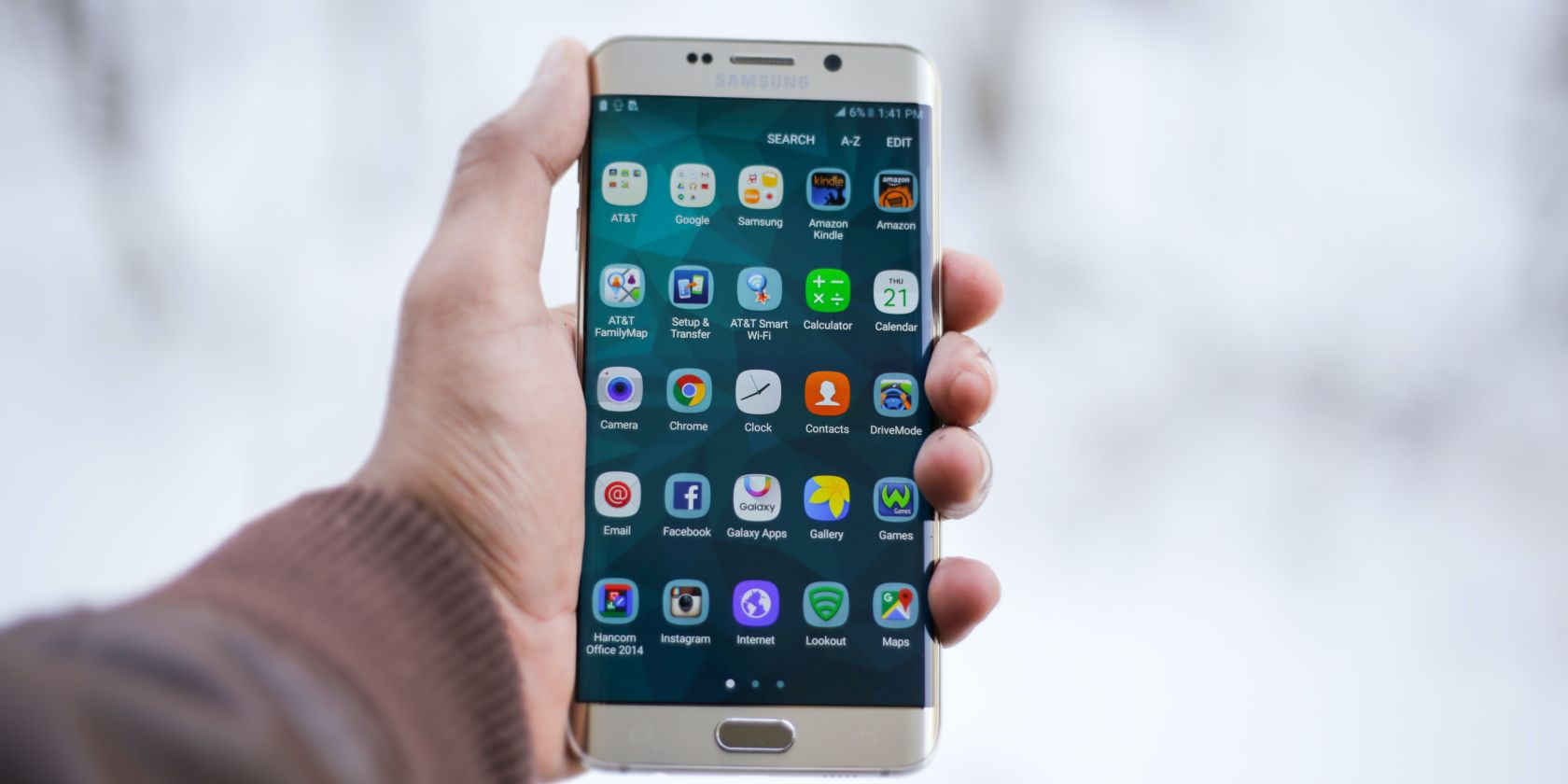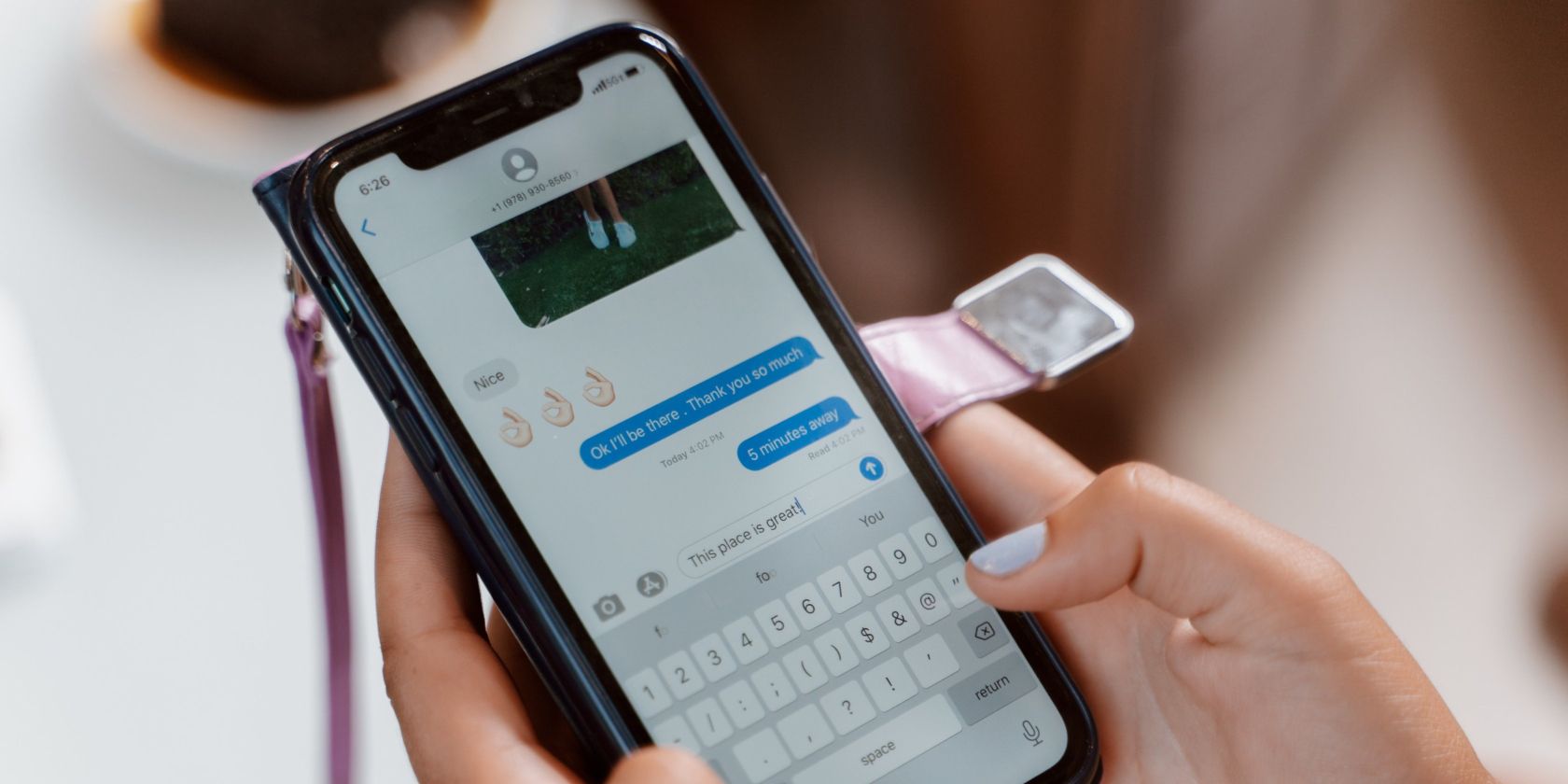Although Android is the most used mobile operating system worldwide, it has never been able to catch up with iOS in the United States. It’s an interesting situation, given that Android flagships can often keep up with the latest iPhone lineups.
Android’s difficulties in the US appear to stem from other issues. Whether it’s because people see Apple as a premium brand or one that offers a better ecosystem, it’s clear that Android has work to do. Here’s how Android can catch up with or surpass Apple in popularity in the US.
What Apple is doing right
By some estimates, Apple has a 57% market share in the US, with its strongest competitor, Samsung, holding about 30%. In fact, iOS has more users in the US than Android. And there are a few reasons why Android may continue to struggle to catch up.
It’s safe to say one of the biggest is that Apple is a respected brand with a loyal customer base. Brilliant marketing helps maintain its popularity and prestige. iOS is also backed by its fantastic security, hardware integration, and customer support.
This results in more secure apps on the App Store, seamless connectivity between Apple devices, and faster resolution times for customer issues.
Also, Apple has been clever in the way it has built a sticky hardware ecosystem that is hard to get rid of. If you switch to another brand, you’ll probably have to leave many of your Apple devices behind. So how can Android react?
Put the spotlight on cheaper devices
While Apple has improved its variety of models to cater to different needs and budgets, Android still wears the crown for variety of hardware and cost options.
However, if I were to drop the marketing alone, it would appear that Android is available almost exclusively on flagship devices, priced similar to modern iPhone models. Obviously, this type of marketing is supposed to add a premium feel to a device and its operating system.
Highlighting the affordability of some Android devices might reaffirm that it’s an OS made for people from all walks of life without making it sound like a “cheap” alternative.
Some mid-range or even budget devices have everything you need from a daily driver. Sure, some might lack hardware built to impress, but the focus would be more on having everything you need without breaking the bank. The best budget smartphones are, after all, all Android devices.
Emphasize app security and quality
Many developers agree that launching an app on the Apple App Store can be tedious. But this is with good reason. The company has employees who work in a division called App Review which reviews all apps, updates, bundles, in-app purchases, and in-app events, along with the permissions required to use those apps.
The company faces the challenge of implementing this rigorous process to ensure that apps are safe, secure and of high quality.
The Google Play Store, on the other hand, has a lesser reputation when it comes to safety, security and quality of apps. Over time, it has improved significantly, but still lacks. In one case, 35 apps infected millions of Android devices. If Google could improve the app verification process in terms of safety and quality, it would significantly improve people’s perception of Android.
Improve and reduce fragmentation
The hardware variety for Android is clearly beneficial and serves as a competitive advantage. However, it has resulted in quite significant fragmentation.
Apple’s ecosystem of cohesive devices is undoubtedly a strong point. But trying to replicate that with something similar, like Google’s Pixel ecosystem, has drawbacks. Instead, the focus should be on improving the integration and connectivity between Android devices with software updates and adjustments.
As manufacturers modify Android in various ways, it makes it more difficult for different devices to connect seamlessly and also leads to a very different user experience depending on which brand of phone you buy.
Android would benefit from a more refined user experience, with in-depth analysis of what works, what doesn’t, and what can be significantly improved. At best, this would be done in the context of reducing fragmentation as much as possible.
Push RCS to beat iMessage
Features unique to operating systems are key to attracting and retaining users. iMessage is an example of an app that keeps users in the Apple ecosystem. Google’s answer to iMessage may be RCS (Rich Communication Services), but it’s not doing enough to compete.
RCS has improved chat features, cross-platform compatibility, and better security, but there’s room for improvement. RCS should be set as the default messaging app protocol for all Android devices. To achieve this, the company must partner with carriers and help them support the protocol.
Eventually, though, Google needs Apple to adopt RCS. Not only would this make Android phones communicate more reliably with iPhones, but it would remove a major obstacle that discourages Apple users from switching platforms.
Centralized and better customer service
Customer service is one area where Apple has a clear edge. While there’s some debate surrounding repair laws and charging for certain levels of customer service, iOS users have a one-stop shop for any software and hardware problems they might have.
With Android, you have to go through an elimination process to figure out what’s wrong with your device. Problems on Android devices can stem from faults with manufacturers, carriers, a specific version of Android, and in some cases, certain apps. It’s hard to figure out who to contact when you’re having a problem on Android.
If Google can figure out a way to unify and make it easier to contact customer support for a wider range of problems users run into, it would be a big win.
Android can catch up with iOS
Android is a fragmented operating system and needs work in several areas. Google should look to refine the operating system, improve the security and quality of apps, find ways to spread the use of RCS, and work with manufacturers to centralize customer support.
These are all steps in the right direction to improve how people perceive Android as an operating system and to start competing better with iOS in the US.
A shift in focus makes it more likely that Android can catch up with iOS. There are many reasons why iPhone users should consider switching to Android. This list of reasons is also likely to expand rapidly.
#Android #catch #iPhone








